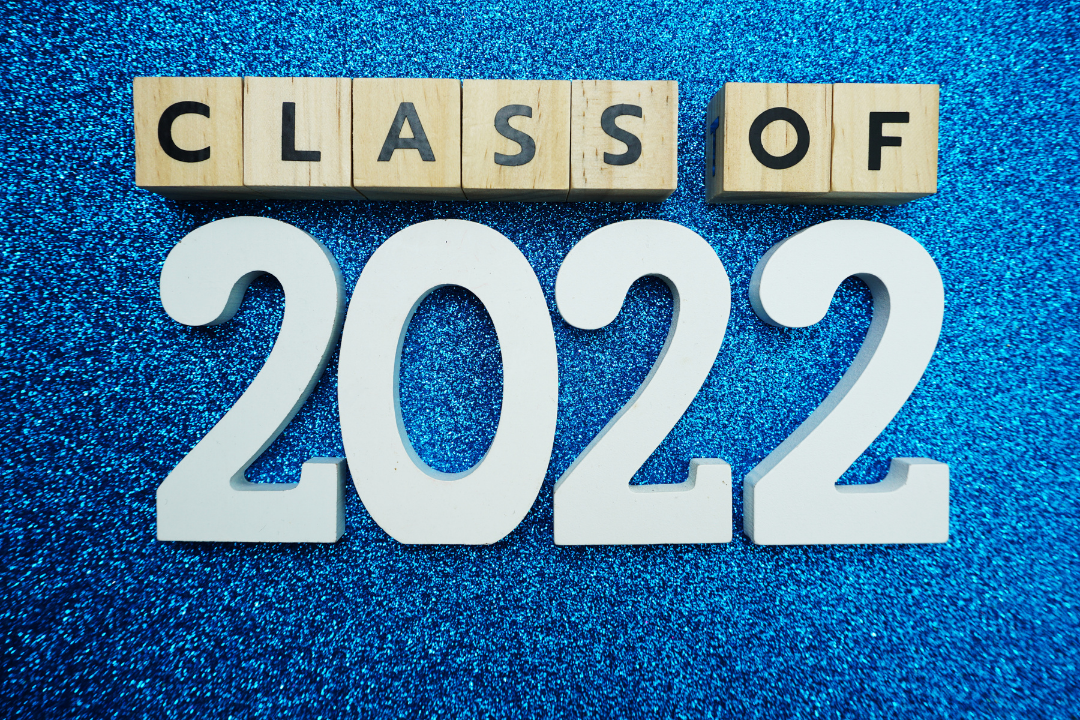As higher education institutions continue to adapt to the impacts of COVID-19 and shifting student needs, we can look back at research and trends from the past two years to help guide future decision making.
To celebrate the new year, here are 22 stats that highlight the current — and future — state of higher education and student demand.
Prospective Students
While enrollment numbers are down, new students are still enrolling in higher education. Here’s a bit about what they’re looking for and how they interact with prospective schools.
- 91% of students in EAB’s 2021 Survey of High School Students said they plan to go to college. (EAB)
- 77% of high school students say a poorly designed website negatively affects their opinion of a college. (EAB)
- When using a search engine to research colleges or universities, high school students are more likely to search by academic major (82%) rather than by specific school name (70%). (EAB)
Enrollment
The dip in enrollment has gained a lot of media attention, but that’s not the only enrollment-based insight that schools should be paying attention to.
- Graduate degree enrollment was up 4.6% in the spring of 2021 and continues to be relatively strong, growing 2.1% this Fall. (National Student Clearing House Research Center & Forbes)
- Part-time students increased at public and private nonprofit four-year institutions (+3.7% and +2.8%, respectively). (National Student Clearing House Research Center)
- Adult students aged 25 or older experienced gains at public four-year and private nonprofit four-year institutions (+2.7% and +2.3%, respectively). (National Student Clearing House Research Center)
- Only 2% of graduating seniors who did not enroll in college immediately after high school in 2020 showed up as gap year enrollments in Fall 2021. (National Student Clearinghouse)
What Students Want
When they do enroll, what do students focus on? These majors have seen increased demand despite the pandemic. Overall, people still think that higher education adds value to a student’s life and future, but they expect more from instutions.
- Business, Healthcare and Liberal Arts continue to be the most common undergraduate majors for both four-year and two-year college students. (National Student Clearing House Research Center)
- Computer Sciences and Psychology showed the largest year-over-year enrollment growth at four-year colleges (+3% and +4.8%, respectively). Psychology and Legal Professions were the only growing fields at two-year colleges in Spring 2021 (+0.8% and +4.8%, respectively). (National Student Clearing House Research Center)
- Graduate degree enrollment in Computer & Information Sciences and Support Services degree programs increased nearly 20% in Fall 2021. (Chronicle)
- 62% of American adults think it is very important for higher education institutions to provide students with “a well-rounded education” in order to prepare them for long-term career success. (AACU)
- These are the top skills people think are very important for success in the workforce:
- Critical thinking and problem solving (68%)
- Effective communication, such as writing and speaking skills (64%) (AACU)
- 40% of students say that having more flexible learning options is very important. (Salesforce)
- More than half of Gen Zers (52%) indicated strong support for institutions that are working to promote racial equity. (AACU)
The Value of Higher Education
The cost and value of higher education had been in the spotlight long before COVID-19 made headlines. With the pandemic changing what a traditional college experience looks like, proving the value of a higher ed degree is more important than ever. Luckily, institutions are doing OK in this area.
- 60% of Americans believe that a college degree is worth the time and money. (AACU)
- 79% of students rate the value of the college education they received in Fall 2021 as good, very good or excellent. (College Pulse)
The Post-COVID Campus
By now it’s clear that the impacts of the pandemic are going to be long lasting, even after students return to campus. Here’s how higher ed has done so far.
- 60% of students found the beginning of the Fall 2021 semester to be somewhat or very stressful due to the uncertainty around what it would be like to return (or return more fully) to campus. (College Pulse)
- 52% of students report feeling safe from COVID-19 on campus during the Fall 2021 semester. (College Pulse)
- 35% of students rate their mental health during the Fall 2021 semester as being better than it was during the Spring 2021 semester. (30% say it’s the same and 25% say it’s worse). (College Pulse)
- 84% of students say their college was either somewhat (49%) or very (35%) prepared for the return to in-person learning in the Fall of 2021. (College Pulse)
- 59% of participating institutions plan to continue all or some of their emergency remote learning offerings via distance education after the pandemic. (Inside Higher Ed)
- Looking ahead to the Spring 2022 semester, the top types of support students would find most helpful from institutions are:
- More access to counselors or therapists (23%)
- Ability to attend individual classes in person or virtually (21%)
- Tied at 17%
- A return to the freedom of pre-COVID campus life
- Help catching up on internship and other experiential learning opportunities
- Ability to take more whole courses online (College Pulse)
